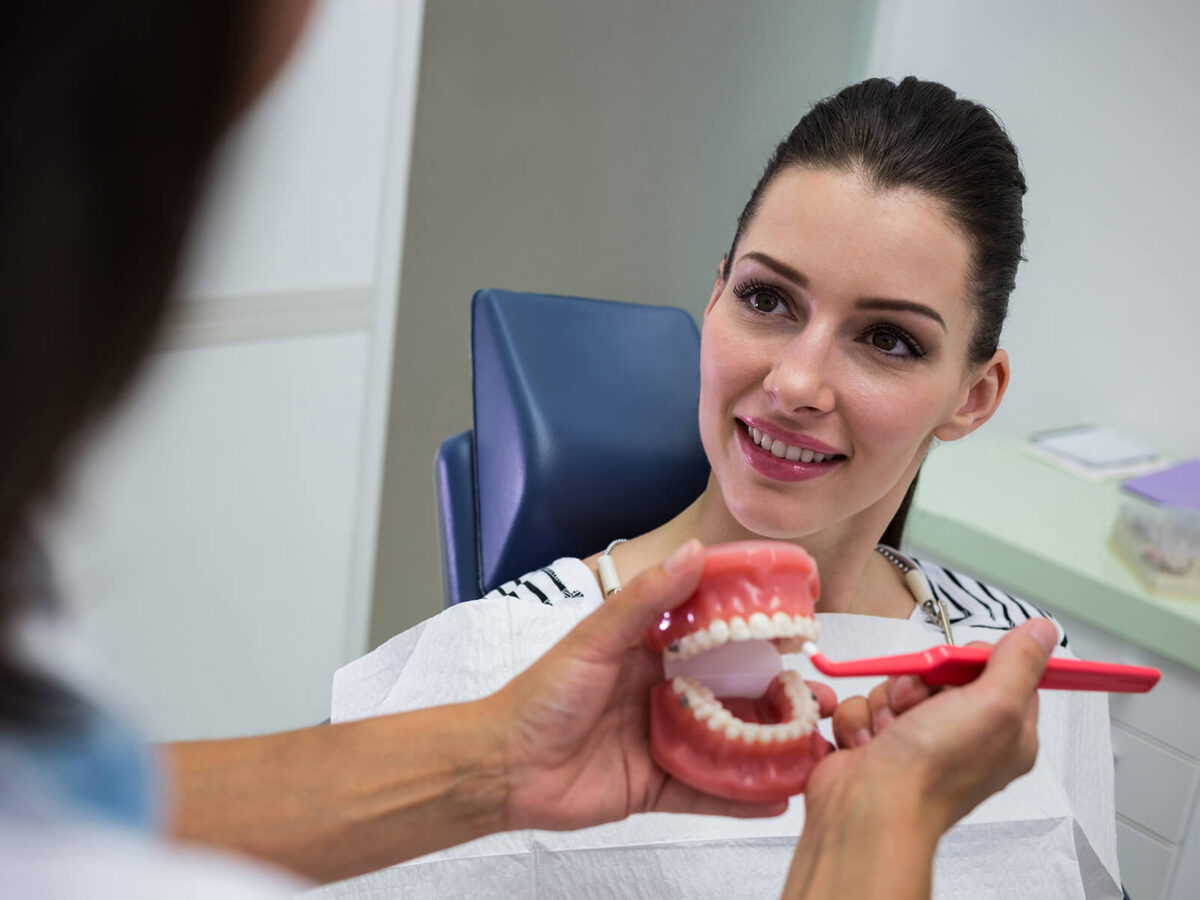Blog
Dental hygiene tips for healthy teeth & gums

What Are the Symptoms of Periodontal Disease?
Periodontal disease, commonly known as gum disease, is a widespread oral health condition that affects millions of people worldwide. It is very important to understand the symptoms of periodontal disease to recognize and address it promptly. In this article, we’ll explore the types of signs and symptoms associated with periodontal disease.
Understanding What is Periodontal Disease?
Before we discuss the symptoms, let’s briefly discuss what periodontal disease actually is. Periodontal disease is an inflammatory condition that affects the gums and supporting structures of the teeth. Bacteria in plaque primarily cause it, the sticky film that forms on teeth.
Some Common Symptoms of Periodontal Disease
A periodontal disease usually manifests as one or more of the following symptoms:
1. Gum Inflammation: One of the earliest signs of periodontal disease is red, swollen gums. Healthy gums should appear pink and firm. Inflammation indicates an immune response to bacterial infection.
2. Gum Bleeding: Bleeding gums, especially during brushing or flossing, can highly indicate gum disease. Gums that are healthy shouldn’t bleed when they are being cleaned regularly.
3. Gum Recession: As periodontal disease progresses, the gums can start to recede or pull away from the teeth. This can make the teeth appear longer and expose the tooth roots. This can lead to increased sensitivity.
4. Bad Breath: Long-lasting bad breath, also known as halitosis, can be a symptom of periodontal disease. Bacteria in the mouth produce foul-smelling gasses, contributing to unpleasant breath odor.
5. Pain or Discomfort: Some individuals with periodontal disease may experience pain or discomfort in the gums, particularly when chewing or applying pressure to the affected area.
6. Loose or Shifting Teeth: Advanced periodontal disease can cause the supporting bone structure around the teeth to deteriorate or lose its strength. This can result in loose teeth or changes in the alignment of teeth.
7. Pus Formation: In severe cases of periodontal disease, pockets of pus may form between the gums and teeth. Pus is a sign of infection and requires immediate dental attention.
What are the Risk Factors for Periodontal Disease
There are several factors can increase the risk of developing periodontal disease:
- Poor oral hygiene habits
- Smoking or tobacco use
- Diabetes
- Changes in hormones (such as during pregnancy or menopause)
- Genetics
- Certain medications that affect oral health
What should you do Regarding Prevention and Treatment?
Preventing periodontal disease involves maintaining excellent oral hygiene practices, including regular brushing, flossing, and dental check-ups. Early detection is crucial for successful treatment, which will include professional cleanings, scaling and root planing, and antibiotic therapy. In severe cases, you may have to go under surgical intervention.
Wrapping Up
Periodontal disease can have major consequences if left untreated, including tooth loss and systemic health complications. By being aware of the symptoms and risk factors, you can take proactive steps to protect your oral health. Regular dental visits at Potranco Road Family Dentist and sticking to a thorough oral hygiene routine are key elements in preventing and managing periodontal disease. If you notice any signs of gum disease, consult your dentist immediately for evaluation and treatment.
